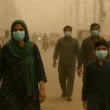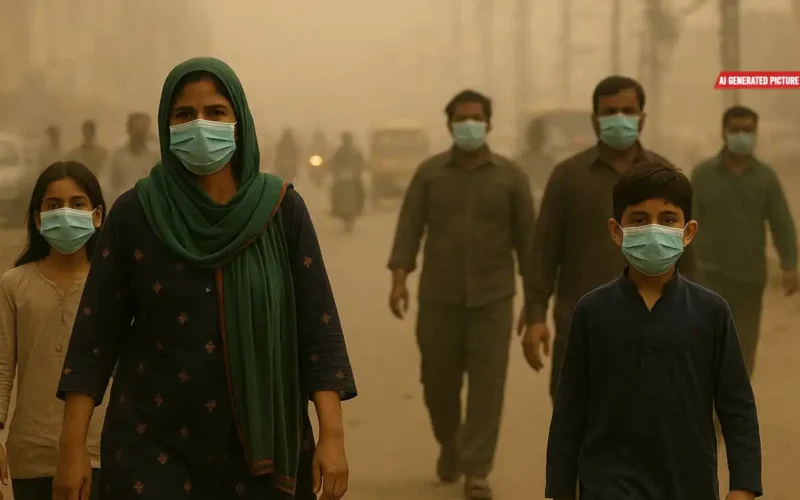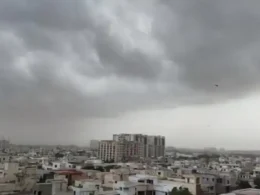The air quality across various locations in Karachi, Pakistan, has been a growing concern due to high levels of air pollution, particularly in terms of PM2.5 concentrations.
In Keamari Town, the PM2.5 level reaches a worrying 151, while nearby areas like G3 Engineering Consultants and DG House in Saddar Town report even higher readings of 157 and 156, respectively.
Zafar Memon in the same area shows a PM2.5 value of 150. Other prominent locations like NED University City Campus in Saddar Town register an alarming PM2.5 level of 170.
Follow the Times of Karachi channel on WhatsApp
Jamshed Town is also heavily impacted, with sites like the Climate Action Center and Urban Unit Karachi showing levels of 162 and 156, respectively, while the Urban Resource Center reports 157.
In Gulshan-e-Iqbal Town, the air pollution remains high with Agha Khan University IED showing 163, and Aga Khan University Main Campus at 160. Asif Gulistan-e-Johar and NED Main Campus both face PM2.5 levels of 161 and 155, respectively.
The University of Karachi’s Institute of Space Science and Technology has a PM2.5 concentration of 154. Finally, in SITE Town, the Orangi Pilot Project reveals a PM2.5 level of 167.
These elevated PM2.5 levels across Karachi highlight the serious air pollution issues the city is grappling with, posing potential health risks to its residents.
READ: Sindh launches govt job portal, here’s step-by-step guide on how to apply
How many categories are there to measure Air Quality?
AQI 0–50: Good
The air quality is considered excellent, with minimal or no risk to public health. There are no necessary precautions for the general population.
AQI 51–100: Moderate
Air quality is generally acceptable; however, there may be a slight health concern for a small number of individuals who are unusually sensitive to air pollution. Active children, adults, and people with respiratory conditions like asthma should consider limiting prolonged outdoor activity.
Check Daily Weather Alerts on Times of Karachi dedicated pages
AQI 101–150: Unhealthy for Sensitive Groups
Sensitive individuals, such as those with asthma or other respiratory issues, may begin to experience health effects, although the general population is unlikely to be affected. It is advised that active children, adults, and those with respiratory conditions limit extended outdoor exertion.
AQI 151–200: Unhealthy
Health effects may begin to affect everyone, with sensitive groups potentially experiencing more serious symptoms. Active children and adults, and people with respiratory illnesses should avoid prolonged outdoor activity, while others—especially children—should reduce outdoor exertion.
Visit Times of Karachi website for the latest news-related content daily
AQI 201–300: Very Unhealthy
This range signals emergency-level health warnings. The entire population is more likely to experience adverse health effects. Those with respiratory conditions and active individuals should avoid all outdoor activity, while everyone else, particularly children, should limit time spent outdoors.
AQI 300+: Hazardous
Air quality is extremely poor, posing a serious risk to health for everyone. A health alert is in effect, and all outdoor exertion should be avoided by the entire population.










